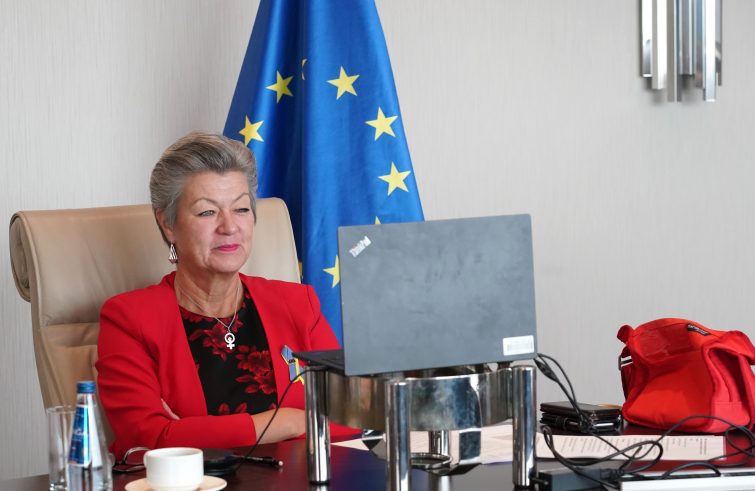
The European Commission has today presented a report on key developments in the area of migration and asylum, taking stock of the progress achieved in the New Pact on Migration and Asylum in the past year. The document identifies key future challenges, highlighting the need for “further progress towards a responsible and fair migration management system in the EU”. “From Russia’s war against Ukraine causing the largest forced displacement of people in Europe since the Second World War, to the instrumentalisation of migration for political purposes by the Belarusian regime, through a pandemic and unprecedented travel restrictions, all alongside continued and even growing pressure on traditional migratory routes – a statement from Brussels reads -, the EU has over the last year been faced with a series of challenges with major repercussions for migration, asylum and border management”. The “EU has shown itself able to react quickly, with concrete solidarity and effective coordination. Nevertheless, these developments have also been a vivid reminder that structural reforms to the EU’s asylum and migration system are needed to equip the EU to address both crisis situations and longer-term trends”.
Commissioner for Home Affairs, Ylva Johansson, said: “Ahead of the upcoming Justice and Home Affairs Council, the Commission is presenting this report which highlights clearly the urgent need to Europeanise migration policy”.
In recent months, the Commission has continued to monitor developments along the main migratory routes. The Central Mediterranean route “remains the most frequently used route. Almost all arrivals were to Italy, with Malta seeing a substantial decrease”. Irregular arrivals along the Eastern Mediterranean route doubled compared to 2021, “mostly due to heightened migratory pressure in Cyprus, which currently accounts for roughly 60% of arrivals along the route”. On the Western Mediterranean/Atlantic route, Algeria and Morocco/Western Sahara remain the main countries of departure towards mainland Spain and the Canary Islands. Along the Western Balkans route, “there were over 86,000 detected irregular border crossings in the first eight months of 2022, nearly three times more than in 2021 and more than ten times the total in the same period in 2019”. The situation at the Eastern border with Belarus “continues to be stable, with a significantly lower number of irregular border crossings than at the peak of the instrumentalisation crisis in 2021”.
